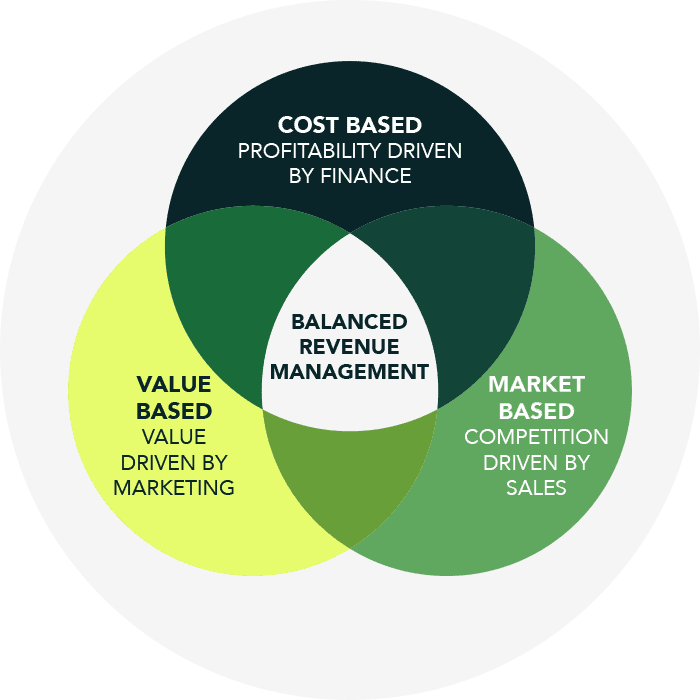

- #Value based pricing approach how to
- #Value based pricing approach drivers
- #Value based pricing approach free

This value differential will help you understand how much extra customers may be willing to pay for your product's unique benefits. Determine the value differentialĬalculate the difference in perceived value between your product or service and those of your competitors. Understand how your offering compares in terms of features, benefits, and pricing. Research your competitors' products or services and their pricing strategies. This can be done through customer surveys, interviews, or focus groups. Assess the perceived valueĮstimate the value your product or service provides to customers by considering the benefits and features they find most important.

#Value based pricing approach drivers
Determine the key value drivers that influence their purchasing decisions. Understand customer needs and preferencesĬonduct market research and gather feedback from your target customers to understand their needs, preferences, and pain points. Identify target customersĭetermine the specific customer segment your product or service is intended for, considering demographics, preferences, and buying habits.
#Value based pricing approach how to
How to calculate value-based pricing?Ĭalculating value-based pricing involves several steps to determine the optimal price for a product or service based on its perceived value to the customer. This added value could contribute to more consumers purchasing from this company.
#Value based pricing approach free
Value-based pricing definitionĪ value-added feature may include giving away one year of free technical help when purchasing a new computer, for instance. Instead of focusing on production costs, companies consider the value their offerings provide to consumers, making it easier for them to decide on a fair price. By understanding what people are willing to pay, businesses can set prices that reflect customers' value in their offerings. Value-based pricing is a way of deciding how much to charge for a product or service by considering how much customers think it's worth. Finally, we'll weigh the advantages and disadvantages of value-based pricing to empower you with the knowledge you need to excel in your studies and appreciate this essential marketing tool. Along the way, we'll master the art of calculating value-based pricing, drawing inspiration from real-life value-based pricing Examples. Together, we'll explore the ins and outs of this powerful strategy, from understanding value-based pricing definition to the subtle differences between good-value pricing and value-added pricing. What is a value-based pricing strategy? How does it work? And why does it allow companies to charge way above their production cost? That's because Adidas uses a value-based pricing strategy. However, if you were to buy them, you would have to pay around $350. Market Segmentation Targeting and PositioningĪ pair of Yeezy's by Adidas cost only $76 to manufacture.


 0 kommentar(er)
0 kommentar(er)
